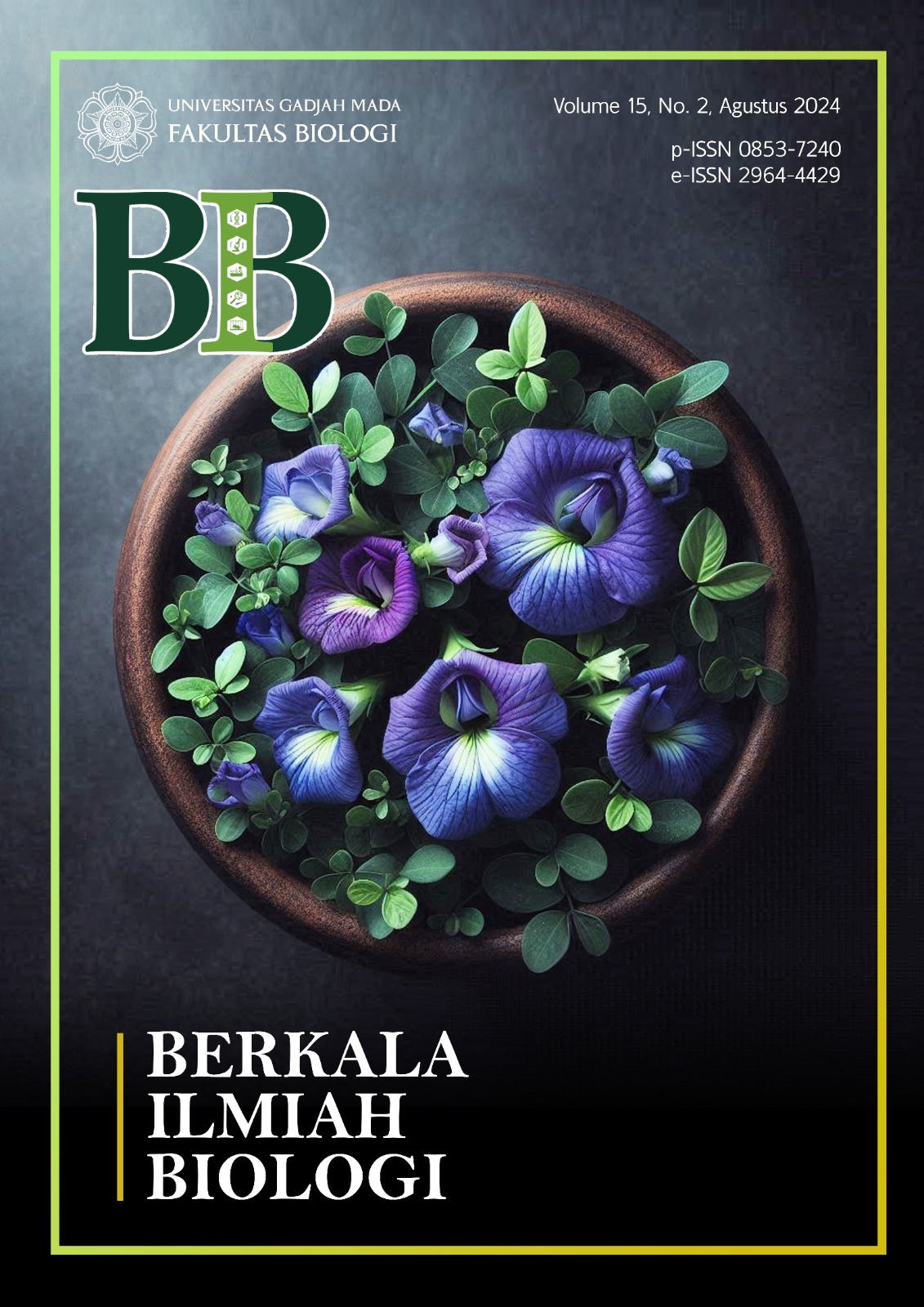Analysis of Guinea Pig Skin as Animal Model in Dermatology and Aesthetic Medicine
Main Article Content
Abstract
Skin is the main barrier to protect against harmful environmental influences, one of which is ultraviolet radiation (UVR) which comes from sunlight. Therefore, skin damage due to UVR (photodamage) has gained prominence in dermatology and aesthetic medicine, especially in tropical countries. Guinea pig (GP) as tropical mammal is potential to serve as animal model for skin-related research due to the similarity of their coat pigmentation to that of humans. This research aims to study the skin condition and histomorphometric structure of GP skin with coat color variations. Samples consisted of six adult female GP with tricolor and tortoiseshell patterns. After neatly shaved in 2 x 2 cm2 area, skin condition is then evaluated using Skin Analyzer. Skin samples were processed into histological preparations using paraffin method with 10 % NBF as fixative and stained with Hematoxylin & Eosin (H&E) to measure the thickness of epidermis and dermis. Results demonstrated that skin moisture levels do not significantly differ between coat colors, higher levels of sebum and pigmentation correspond with darker coat colors, whereas lower levels of elasticity and collagen are associated with lighter coat colors. Histomorphometric examination showed that in tortoiseshell GP, the thickness of the epidermis and dermis increased with the coat color, but in tricolor GP, the thickness of epidermis and dermis varied. Furthermore, tortoiseshell GP have thicker epidermis and dermis than tricolor GP. It can be concluded that coat color affects the skin condition as well as the thickness of epidermis and dermis. Based on the pigmentation pattern, tortoiseshell GP is promoted as the most suitable animal model to represent tropical human skin.
Article Details

This work is licensed under a Creative Commons Attribution 4.0 International License.


